Pet Grooming 101: Tips and Tricks for First-Time Pet Owners
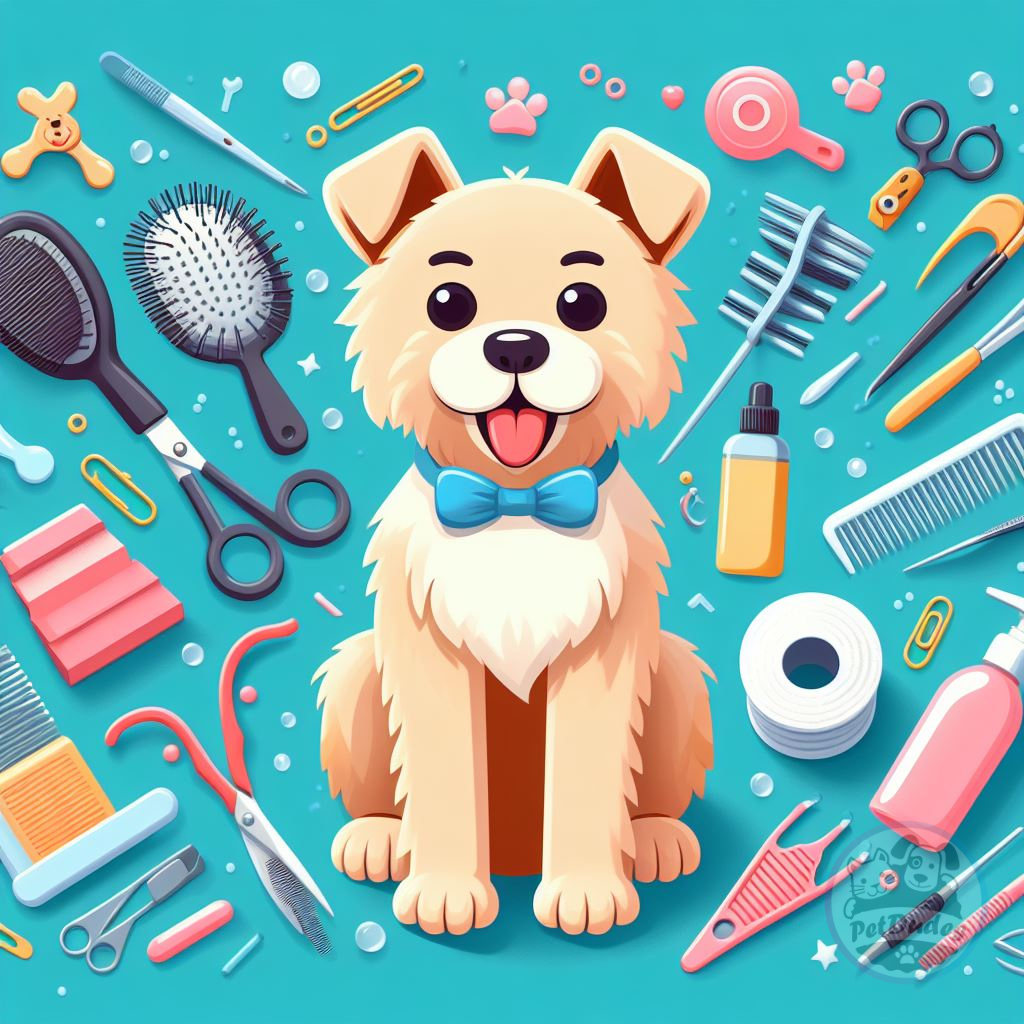
Pet Grooming 101: Tips and Tricks for First-Time Pet Owners
Understanding the Importance of Regular Grooming
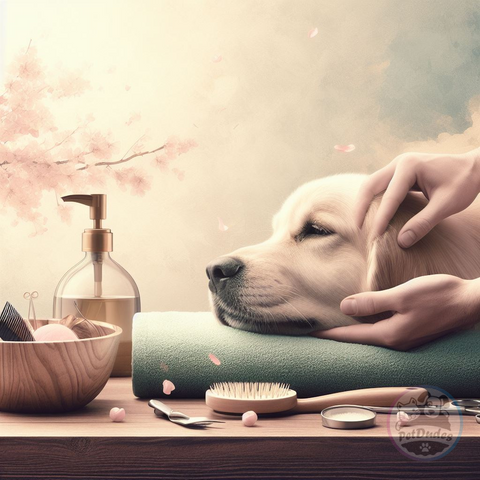
Grooming is not just about maintaining your pet's level of cleanliness, and it's not just about keeping your pet looking good. Regular grooming is about maintaining both your pet's physical health as well as their appearance. Every breed and type of animal comes with its own unique set of needs, whether it's a weekly brush or a full bath. Regular checks mean you can ensure your pet is free from external parasites, their coat is not matted, and their nails are not overgrown. It's also an opportunity to check for signs of health issues that aren't always obvious, like dental decay and skin infections.
Choosing the Right Grooming Tools
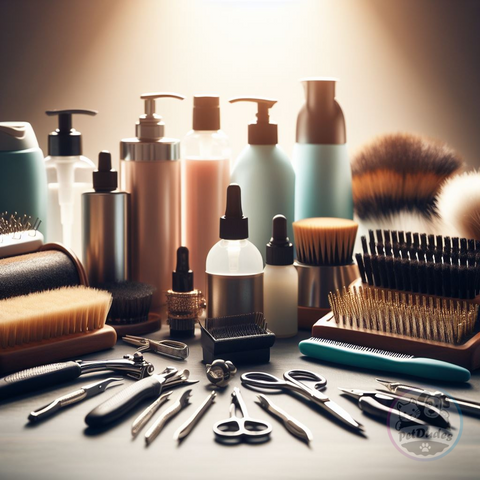
The right tools make all the difference. For instance, short-haired breeds require different brushes than long-haired breeds. Nail clippers, ear cleaning solutions, and pet-friendly shampoos and conditioners are also part of the grooming toolkit. It's essential to invest in quality products specifically designed for pets to ensure their safety and comfort. Using the wrong tools, or low-quality tools, can lead to injuries or conditions like split nails or hair damage.
Bathing Basics
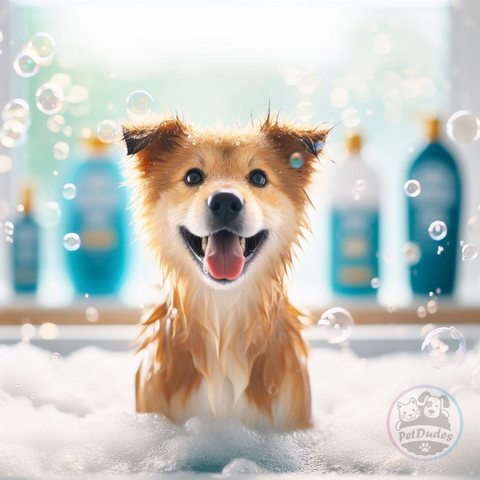
Bathing is a significant aspect of grooming, especially for pets that spend a lot of time outdoors. However, it's essential to ensure that you're not over-bathing your pet, which can lead to dry skin. Use lukewarm water and pet-specific shampoos to ensure a comfortable experience for your pet. Always rinse thoroughly and dry your pet completely, especially during colder months.
Nail Trimming
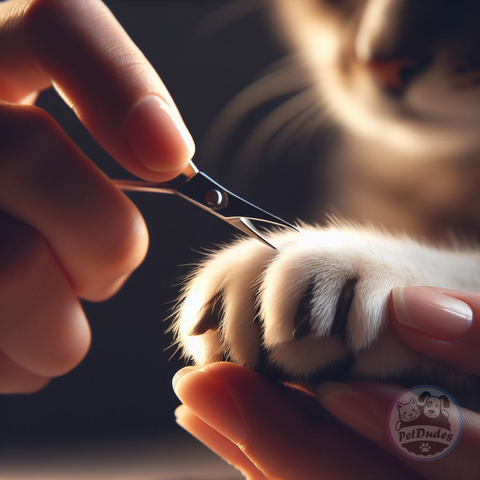
Overgrown nails can be painful for pets and can lead to a variety of issues, including infections. Regular nail trims can prevent such problems. If you can hear your pet's nails clicking on the floor, they're probably too long. Use sharp nail clippers designed for pets and be careful not to cut into the quick, the pink part of a pet's nail, which contains blood vessels and nerves.
Ear Cleaning

Ears can be a breeding ground for bacteria and yeast if not kept clean. Some pets are prone to ear infections due to their anatomy, so regular checks are crucial. Use a vet-recommended ear cleaning solution and avoid inserting anything into the ear canal. Instead, clean only the visible parts of the ear.
Brushing and Combing
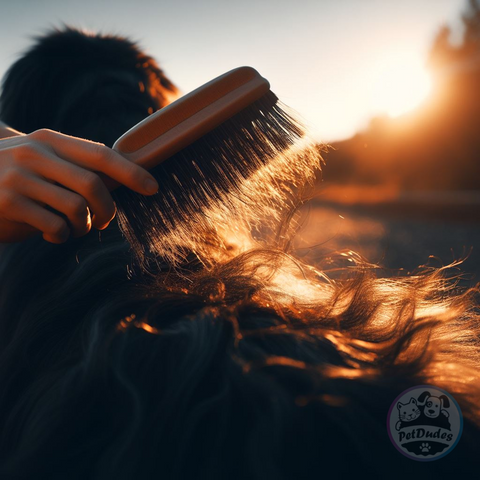
Regular brushing is essential, especially for long-haired breeds. It helps to remove dirt, dander, and dead hair, prevents matting, and can also reduce shedding. It also gives you the chance to check your pet's skin and coat for any problems, such as ticks, fleas, or dry patches.
Dental Care
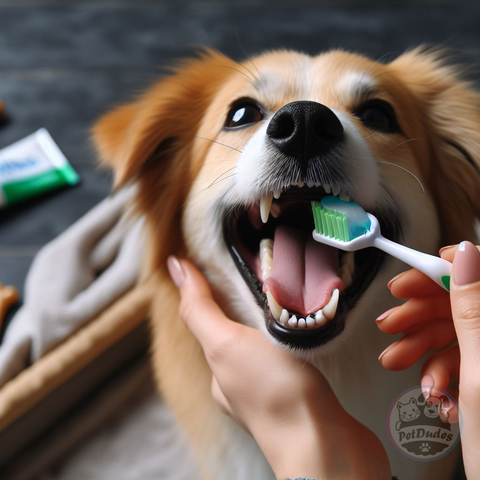
Dental health is a crucial aspect of pet care. Plaque and tartar buildup can lead to gum disease, tooth decay, and bad breath. Regular brushing with pet-safe toothpaste can prevent these issues. Dental chews and a balanced diet can also contribute to good dental health.
Hair Trimming
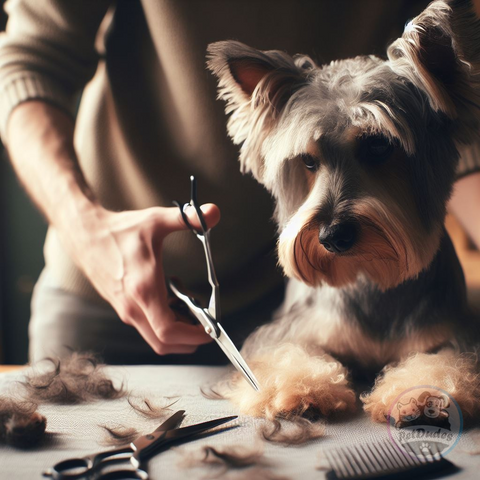
While not all pets require haircuts, those with continuously growing hair will benefit from regular trims. Whether you choose to do this yourself or opt for a professional groomer, ensure that the tools used are sharp and clean. Regular trims can prevent matting, reduce the risk of skin infections, and keep your pet looking neat.
Skin Care
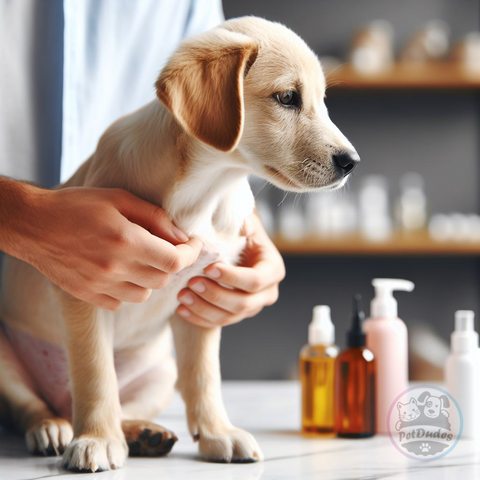
A pet's skin can tell you a lot about their overall health. Regular grooming sessions allow you to check for signs of skin problems, such as ticks, fleas, dry patches, or infections. If you notice any issues, it's essential to consult with a vet. Regular baths with pet-specific shampoos can also help keep skin issues at bay.
Conclusion
With the right knowledge and tools, grooming becomes less of a chore and more of a bonding activity. It's an essential aspect of pet care that ensures your furry friend is comfortable, healthy, and happy.





